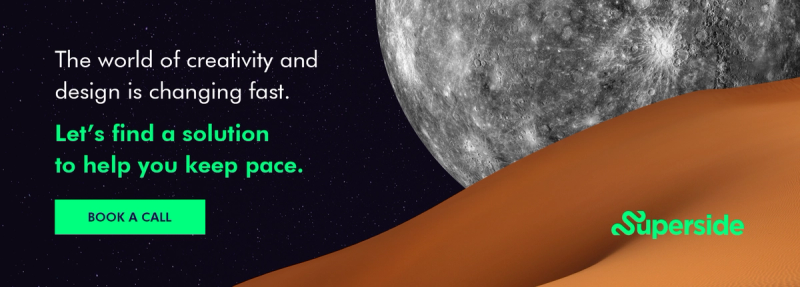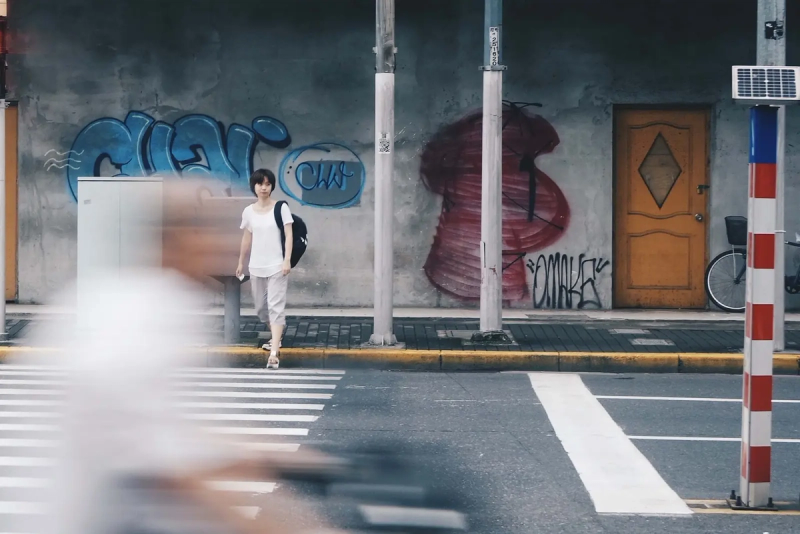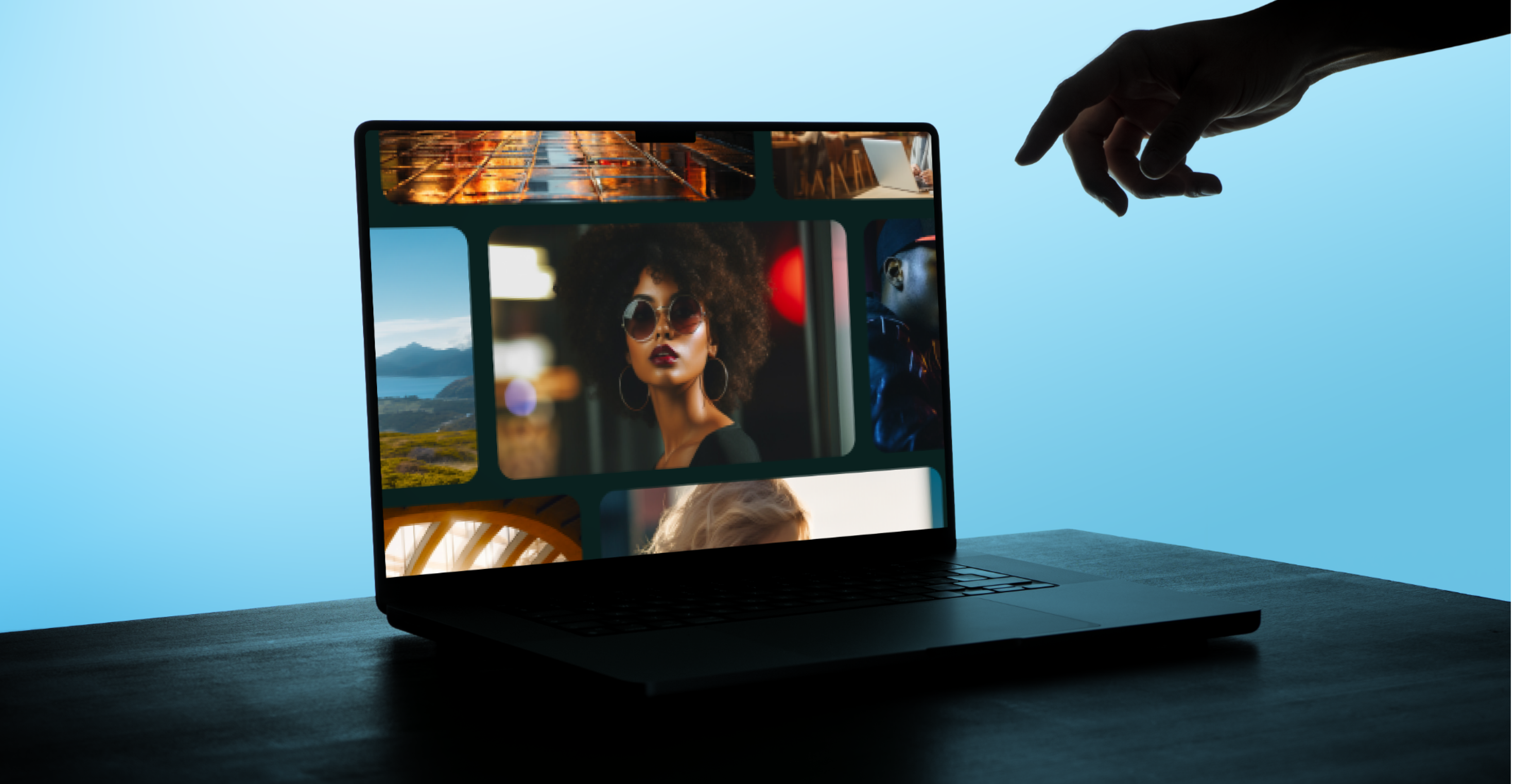
Avoid Getting Burned with Design Contracts
Have you ever had a design client who disappeared without paying you a dime? After all your hard work, you could not believe it!
If so, chances are you and the client had not signed a design contract. Working without a design contract can lead to getting burned by scams and bad clients.
A good freelance design contract protects your time and money. With this comes great peace of mind. You can reduce work-related stress and get back to doing your very best work. You know that your design contract protects against the project going bad. You only agree, in writing, to things that both parties can confidently provide.
Here are the most important terms and conditions you should agree upon in contracts to avoid getting burned on design projects.
Set Clear Financial Terms and Project Fees
First, your design contract needs to concretely state the project fee for your design work. This can be an hourly rate for hours billed or a fixed project fee. The contract needs to identify a payment schedule. This can be, for instance, payment every week or payment every month.
With fixed fee projects, you can agree to be paid according to specific milestones. In a 2008 pricing survey, designer David Airey found that it was a common practice among designers to charge 50 percent of the project fee up front. The advantage of such an approach is that it reduces your commitment risk. You are now working with a client who has proved that they're serious. The rest of the fees can then be paid according to milestones such as the completion of parts of the work or successive revisions.
Define Project Scope and Avoid Scope Creep
Project overruns cost you money as a designer. The extra time you spend going back and forth for an extended period of time could be money spent on billable work instead. The surest way to protect yourself is to tightly define project scope in your design contract and avoid scope creep. Agree in writing on what the project objectives are as well as on what the final deliverables will be.
Designers sometimes have a problem saying “No.” If the client presents a new demand midway through the project, your natural instincts may be to go along to please the client. Only when the new demand takes too long do you realize this was a bad idea. Therefore, define what will be done up front. Have a clear idea what you will not do as part of the project deliverables. Agree to it in writing in your design contract, and then stick to it.
In a discussion thread on Millo, many designers indicated that they provide up to three revisions for clients. Some of these were included in the quoted price for the work while other designers charged a fee per revision.
Communication Commitments for Either Party
Yet another essential element of the design contract is setting expectations for communication and availability.
Some clients demand frequent updates in real time. Others want a weekly project status call. As a designer, you may prefer email updates.
Your design contract needs to present the standards for both parties in a way you are happy with. Along with the manner and acceptable time for communication, it should point out the essential documents that either side must provide.
A breakdown in communication often has led to project failure on time-sensitive design projects. Having contractual communication obligations can help both sides keep on track.
Agree on Intellectual Property Rights Assignment
In his speech What You Need To Learn Before You Leave Design School, Google Designer Travis Neilson says:
“Creative work is valuable. And the value that you bring to the client, that’s going to be the greatest expression of your value, and it’s also going to give you your greatest payday.”
The intellectual property aspect of a project that you work on can be its most valuable part. A design project produces intellectual property that is protected under copyright and trademark laws. Such protection arises due to the images, blueprints or other design artifacts that comprise intellectual property.
Clients may assume that they own all such intellectual property and the copyright automatically, but this is not the case. The copyright and any rights, such as licensing and usage rights, transfer to the client only when a written agreement is signed that authorizes such a transfer.
Due to the variable nature of design requirements, different agreements suit different situations. The available options vary in rights assigned to the client and the fee paid to the designer. These include:
- Option 1: limited use license
- Option 2: exclusive license
- Option 3: assignment of rights
- Option 4: work made for hire
If you assign trademarks to the client, you need to be charging adequately for such trademarks. You also need to retain trademarks in certain situations. For instance, if your work uses trademarks that will be needed for other clients’ work, you need to retain control over those trademarks and intellectual property.

Disclosure and Confidentiality of Work
A smart design contract can help you win more work by letting you showcase publicly the work you have done for the client. If the client has work that they would rather not disclose, you may charge a premium to keep such work a complete secret.
The client may have other privacy requirements. You need to clearly state which of these you will abide by, and which ones are not included in the design contract.
Warranty and Termination of Contract
Ideally, all your projects will end in the successful completion of the work. However, you need to plan and provide for unsuccessful termination as well. For example, a client could cancel the project or you may be the one who cancels.
Your design contract should assure payment for all work completed up to that point. You also need to state up front what refund, if any, you will give the customer if you are to blame for the termination of the contract.
In addition, if the client is unhappy with the deliverables, your warranty terms need to be clear. Determine if you will give a refund or take other remedial action in such cases. In special cases, it may be worthwhile to give a refund to an unhappy client – for instance, if maintaining a good relationship will help your reputation with that client.
You can Start Now with These Vetted Design Contracts
Now that you have seen what to include in your design contract, you are ready to write one for yourself. Take a look at these starting points for design contracts you can copy and customize.
It is a good idea to have a real lawyer, whether a friend or a lawyer in your community, write the actual contract and go through it with you. The lawyer can explain what the contract puts you on the hook for and how to make it work.
In turn, avoid signing a contract from your client without reviewing it carefully. Demand changes to contracts if they put you at risk, such as by claiming refunds or withholding payment. Everything is negotiable until you agree to it, so make the effort to protect yourself.
The key with design contracts is to make sure both parties sign and date the contract. Keep copies on file, making sure you are both well informed about your contractual obligations. Having good design contracts can lead to a more inspired design experience overall.
Images sourced from Unsplash.














